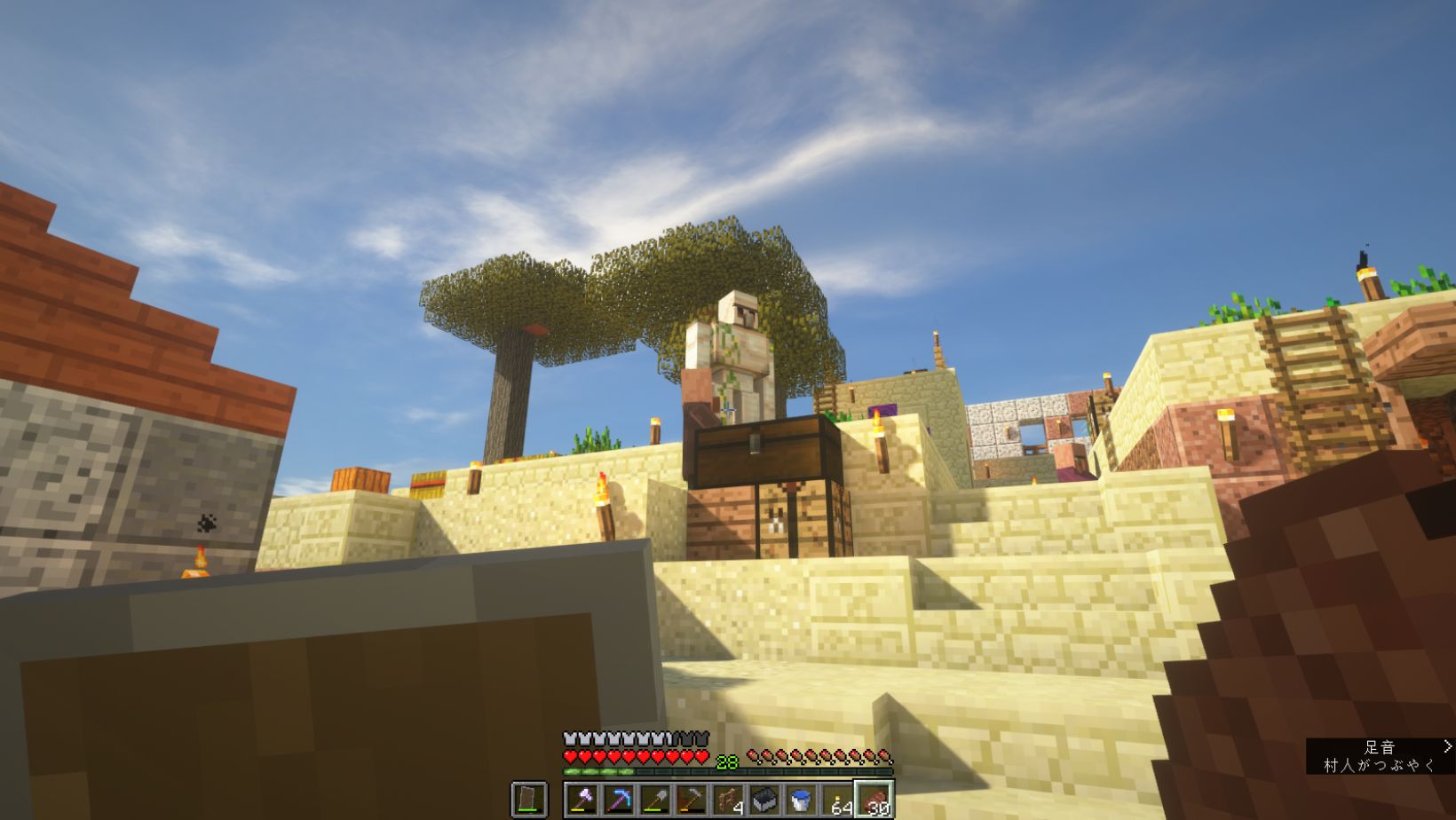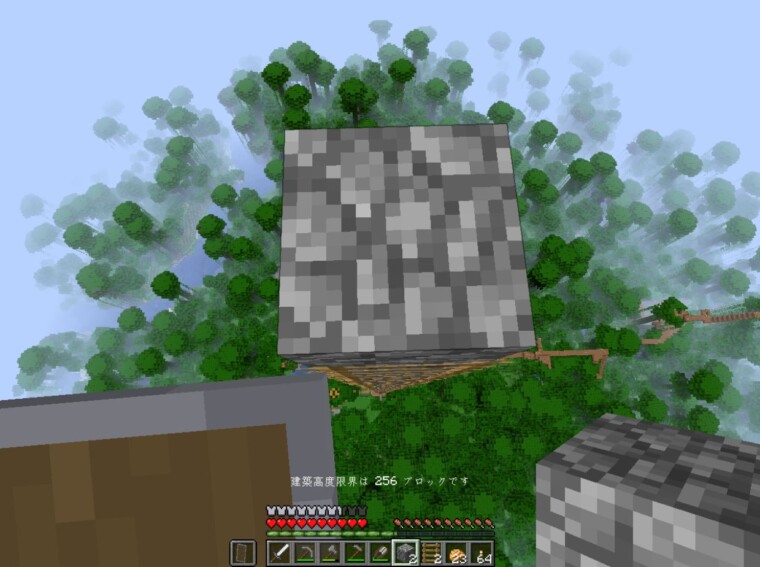How to Get Amethyst Shards in Minecraft
Minecraft enthusiasts, here’s a little secret I’ve been dying to share: the key to getting those elusive amethyst shards. If you’re like me, always on the hunt for resources and treasures in this vast virtual world, then you’ll know how vital these shards can be. They are a must-have for various crafting recipes and trading opportunities. But where exactly do we find them? Let’s dig into that.
Amethyst shards are found within geodes – one of Minecraft’s most recent geological additions (as of version 1.17). These spherical structures hold the coveted amethyst blocks which yield our desired shards when mined correctly. Don’t let their rarity scare you; with some patience and a keen eye, you’ll be collecting these shiny fragments in no time!
I’m about to lay out an uncomplicated, step-by-step guide that will help even beginners navigate their way to successful shard collection. So buckle up! It’s time we stepped into our virtual mining boots and went hunting for some amethysts.
Discovering Amethyst Geodes in Minecraft
Amethyst Shards aren’t just lying around waiting to be picked up. You’ll need to find an Amethyst Geode first. These naturally occurring structures contain budding amethysts that produce shards when mined.
Geodes are often found underground and can also be exposed on the ocean floor. They’re encased in a layer of basalt or smooth basalt, so keep an eye out for this distinctive black stone while exploring.
Useful Tips on Collecting and Utilizing Amethyst Shards
Now that you’ve got your hands on some shiny shards, let’s talk about what you can do with them! They’re mainly used for crafting spyglasses (which allow distant viewing) or tinted glass (blocks light but not entities).
- When mining, don’t break all buds at once; leave some intact so they can grow more.
- Be careful not to break the blocks with your fist or any other tool besides a pickaxe; you won’t get any shards that way.
- Tinted glass, crafted from shards, can be great for dark room designs as it doesn’t let light pass through.
Remember, gathering Amethyst Shards isn’t just about mining. It’s about exploring and appreciating Minecraft’s depth and complexity. So embrace the journey more than the destination — happy mining!

Strategies for Obtaining More Amethyst Shards
Getting your hands on these elusive beauties requires strategy and foresight. First off, remember that only fully grown budding amethyts will drop four shards when broken with any pickaxe – so patience is key here!
Secondly, make sure to keep track of where geodes are located; their outer layer is encased in a layer of tough basalt or smooth basalt, which can be hard to spot if you’re not paying attention.
Finally, don’t forget that you can use the silk touch enchantment on a budding amethyst block to move it into your base and create an amethyst farm right at home!
To recap:
- Amethyst shards are crucial for crafting advanced items.
- They add unique sound effects and encourage exploration.
- Patience and strategic mining are key to obtaining more shards.
And there you have it! Armed with this knowledge, I’m sure you’ll become an expert shard hunter in no time.
Locating an Amethyst Geode: First Step to Getting Shards
Now, let’s dive into the heart of our journey – locating an amethyst geode. It’s your first step towards acquiring those coveted amethyst shards in Minecraft.
You need to know that amethyst geodes are rare structures that generate underground in the Overworld. They’re found between y-level 70 and bedrock, but they’re more likely to spawn at lower levels.
Geodes come in various sizes and have three distinct layers:
- An outer layer of smooth basalt
- A middle layer filled with calcite
- An innermost layer composed of various blocks of amethyst
Now, how do you spot these elusive geodes? Well, listen up! When mining or exploring caves, keep an eye out for smooth basalt or calcite blocks as these could indicate a nearby geode.
Also, if you’re sailing across the ocean and notice some strange circular patterns on the seafloor, there’s a good chance you’ve stumbled upon a submerged geode! So don’t just limit your search underground; oceans can be treasure troves too!
Here’s a quick rundown:
- Look for smooth basalt or calcite when mining or cave exploring.
- Watch out for unusual circular patterns on ocean floors.
Remember – patience is key here! Hunting down amethyst geodes might take some time due to their rarity but believe me, it’ll be worth every second once you lay hands on those shiny purple shards!


